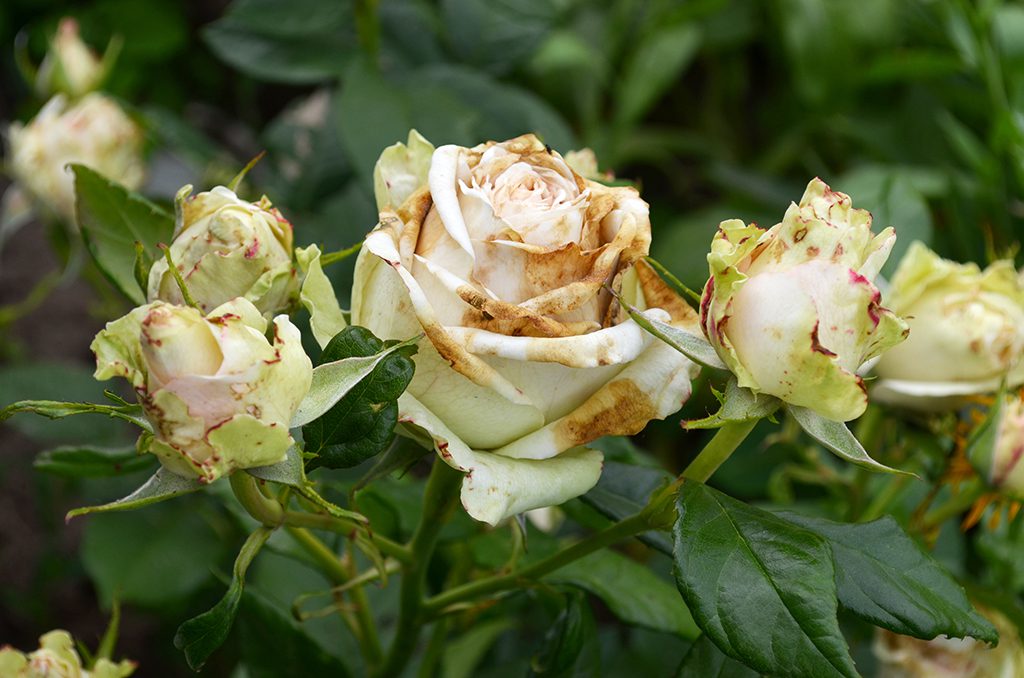
New research by the American Floral Endowment and its partners identified new and more effective control and management practices to reduce losses from botrytis.
Few things make floral professionals’ hearts sink like the sight of gray fuzzy growth on flower petals. Fortunately, new research has identified simple protocols that, if widely adopted, will help tackle botrytis, so more florists receive product free of the mold.
The American Floral Endowment, with the support of 24 national and international growers, flower grower associations and wholesale florists, recently completed a five-year project to identify new and more effective control and management practices to reduce losses from botrytis. In the May/June issue of Floral Management, AFE research director Terril Nell, Ph.D., AAF, shares a few steps retailers should put on their care and handling to-do list.
Like it or not, botrytis spores are always present and will grow if the air is above 85 percent humidity, or if petals are wet for eight hours or longer while temperatures are above 65 F. That’s why it’s imperative to remove plastic sleeves and other protective materials when you process flowers. “When flowers processed at warm temperatures are moved to a cooler, condensation forms on the interior surface of plastic wrappings and on petals,” Nell explains. “Condensation on the bud/flower and packaging is often enough for the botrytis spores to quickly develop.”
Additionally, he says, it’s key to check your cooler conditions. “Keep the cooler between 34 to 38 F with a relative humidity between 75 to 85 percent,” he says.
Cleanliness also counts when it comes to controlling botrytis. “Spores can be spread in the air, on clippers and knives, clothes or on dirty benches and design tables,” Nell says. The solution? Sterilize tools, maintain clean surfaces and clean your coolers (every month or two).
For more care tips and background on the study, check out “Beware of Botrytis” in the May/June issue of Floral Management.
Katie Vincent is the senior contributing editor for the Society of American Florists.
